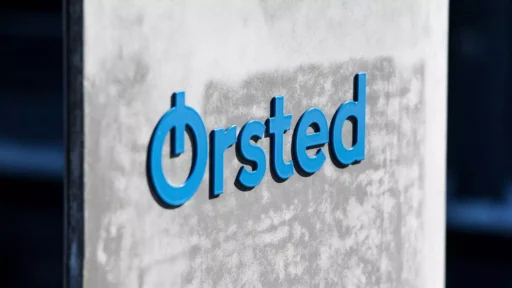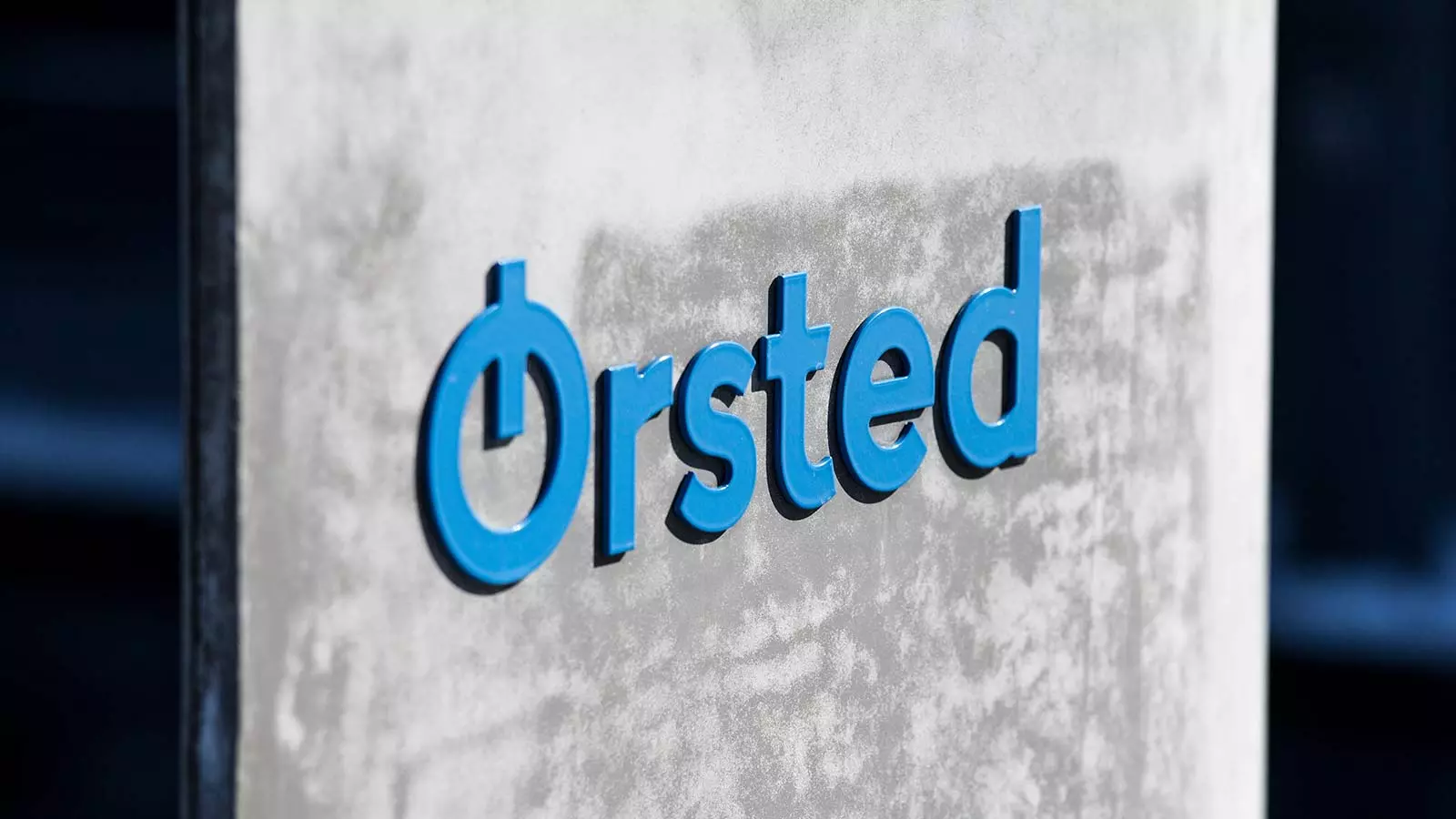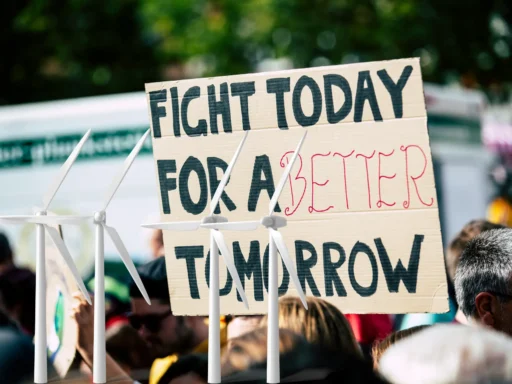Denmark’s Ørsted, the world’s largest offshore wind developer, has seen the departure of its chief financial officer, Daniel Lerup, and chief operating officer, Richard Hunter, following the abandonment of two US windfarm projects, incurring a cost exceeding £3bn. The decision to step down was attributed to the company’s need for “new and different capabilities,” as reported to investors.
Ørsted recently reported substantial losses for the last financial quarter, primarily due to the cancellation of significant windfarms off the New Jersey coast, citing escalating costs driven by high inflation, rising interest rates, and supply chain bottlenecks.
Less than two weeks ago, Ørsted withdrew from a consortium set to bid on offshore wind projects in Norway. Mads Nipper, Ørsted’s CEO, emphasized the challenging and volatile business environment faced by the company and the industry at large. The construction of multibillion-pound offshore windfarms has become more expensive due to increased material prices and higher financing costs linked to rising inflation and interest rates.
Ørsted, along with the rest of the industry, is experiencing a challenging and volatile business environment.
News of the Ørsted shake-up came as the German government said it had agreed a multibillion-euro rescue deal with Siemens Energy to shore up its balance sheet amid increasing problems at its wind turbine division.
New and different capabilities…
In the dynamic realm of renewable energy, where innovation is a driving force, the phrase “new and different capabilities” can be both a beacon of progress and a shadowy curtain concealing deeper motives. The world of wind energy development, dominated by giants aiming to harness sustainable power, is not exempt from the complexities that arise when organizational changes are cloaked in the guise of evolving capabilities.
Technological Evolution as a Double-Edged Sword
While the wind energy industry is propelled forward by technological advancements, it also grapples with the challenges of swiftly evolving capabilities. In some instances, terminations citing the need for “new and different capabilities” may be a euphemism for the company’s struggle to keep pace with technological advancements. It raises questions about the organization’s ability to provide adequate training and support for existing staff, ultimately placing the burden on employees who may face termination due to factors beyond their control.
Restructuring for Competitive Edge
In the competitive landscape of wind energy development, companies often need to adapt quickly to maintain a competitive edge. The excuse of “new and different capabilities” could be a veil for organizational restructuring aimed at streamlining operations, cutting costs, or shifting focus areas. Job terminations in this context may not be a reflection of an employee’s competency but rather a strategic decision to reallocate resources for maximum efficiency.
Navigating the Regulatory Maze
The wind energy sector is subject to ever-evolving regulatory frameworks, demanding constant adaptation. Job terminations framed under the umbrella of “new and different capabilities” may be a subtle acknowledgment of the challenges in navigating regulatory complexities. This raises questions about the company’s commitment to supporting its employees in staying abreast of legal requirements and adapting to changing industry standards.
Hidden Financial Struggles
Behind the veneer of technological progress and capability enhancement, some wind energy giants may be grappling with financial challenges. Job terminations under the pretext of embracing new capabilities might be an attempt to mask financial difficulties and reassure stakeholders. This practice, however, raises ethical concerns about transparency and fair treatment of employees who may bear the brunt of financial constraints through abrupt job loss.
Impact on Employee Morale and Industry Reputation
The frequent use of “new and different capabilities” as a reason for terminations can significantly impact employee morale within the wind energy sector. It creates an atmosphere of uncertainty and fear, hindering the industry’s ability to attract and retain top talent. Moreover, such practices can tarnish the industry’s reputation, suggesting a lack of commitment to the well-being of its workforce.
Epilogue
While the wind energy sector continually strives for sustainability and progress, the ambiguous use of “new and different capabilities” as a justification for employee terminations raises concerns about transparency, fairness, and the industry’s commitment to its workforce. It underscores the need for a careful examination of organizational practices to ensure that employees are not unfairly burdened by the rapid pace of technological evolution or strategic restructuring. Transparency, open communication, and a commitment to employee well-being are crucial for fostering a sustainable and ethical future for the wind energy development industry.
Large Scale Wind Energy Projects Raising Concerns
This global cost pressure has adversely affected the market value of major offshore wind developers, casting uncertainty on the future of large-scale projects and raising concerns about government clean energy targets. Vattenfall, a Swedish company, abandoned plans for a large offshore windfarm off the UK’s Norfolk coast due to rising costs, impacting its profitability. Ørsted, facing similar challenges, is yet to decide on proceeding with the third phase of its massive Hornsea offshore windfarm off the Yorkshire coast, a pivotal project for the UK’s goal to expand offshore wind capacity to 50GW by the decade’s end.
In parallel, the German government announced a multibillion-euro rescue deal with Siemens Energy, a major wind turbine maker, providing guarantees worth €7.5bn (£6.5bn) to stabilize its balance sheet amid increasing issues in its wind turbine division. Siemens Energy, expected to report a €4.5bn loss this year, has encountered difficulties addressing technical faults in its newest onshore wind turbine models, compounded by inflation. This rescue deal aims to support the company in fulfilling its order book, as it warned of potential challenges securing guarantees from traditional banking partners.








